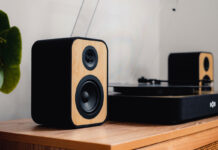
With digital tools becoming essential for everything from studying and planning to reading and creating, many shoppers find themselves comparing reMarkable vs eReader vs tablet options. While these devices may look similar at first glance, they’re designed for very different purposes. Some are built for distraction-free handwriting, others for long hours of reading, and some offer the full power of apps and multitasking.
Choosing the right one depends on how you plan to use it whether you’re managing school assignments, keeping track of work tasks, or enjoying a good book. In this guide, we’ll help you understand the key differences between digital notepads, eReaders, and tablets so you can choose the one that fits your lifestyle best. Let’s begin with a simple side-by-side comparison.
Quick comparison table
Here’s a side-by-side look at the features of each category as we compare reMarkable vs eReaders vs tablet across key functions:
| Feature | reMarkable (Paper Tablet) | eReader (Kobo/Kindle) | Tablet (iPad/Android) |
| Note-taking | Yes – built for writing with stylus | Basic highlighting only | Yes – with apps and stylus |
| Reading | Good, but no backlight | Excellent for long reading | Good, but can strain eyes |
| Distraction level | Very low – no apps or browser | Low – mainly for reading | High – notifications, apps |
| Battery life | 2 weeks+ | 2–4 weeks | 8–12 hours |
| Apps available | No app store | Very limited | Full app store access |
| Price range (CAD) | $650–$1100 | $120–$500 | $200–$1200+ |
What is a reMarkable tablet best for?
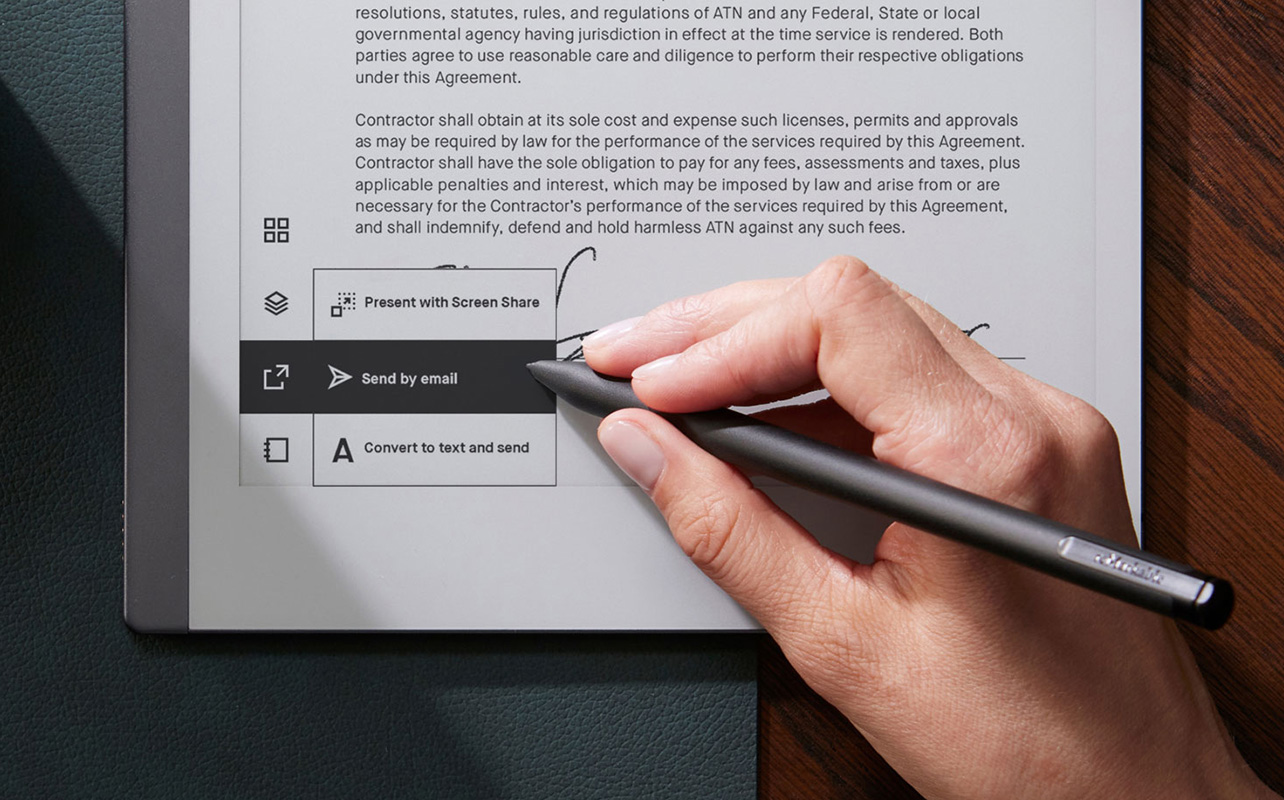
The reMarkable 2 isn’t your everyday tablet it’s a digital writing pad built for people who think best with a pen in hand. With a paper-like E Ink screen and tactile stylus, it replicates the feel of writing on real paper. But unlike regular tablets, it intentionally skips distractions like app stores, web browsers, or notifications.
This makes it especially powerful for those who want a focused, minimalist digital notebook whether you’re journaling, taking lecture notes, or brainstorming ideas during meetings.
- Pros: Realistic writing feel, distraction-free, excellent for focus and mental clarity, long battery life (up to two weeks).
- Cons: No colour, no backlight, no browser or video support, and it doesn’t run third-party apps.
- Best for: Writers, professionals, students, or creatives who need a dedicated space to think without the ping of messages or emails.
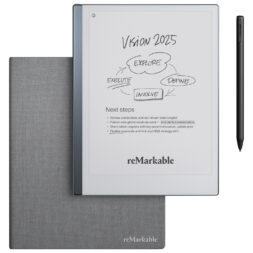
Looking for a digital notebook that feels like real paper?
The reMarkable tablet blends the best of both worlds handwritten freedom with cloud-backed organisation. It’s a powerful alternative to traditional notebooks or paper planners, especially if you’re going paperless.
What is an eBook reader like Kobo best for?
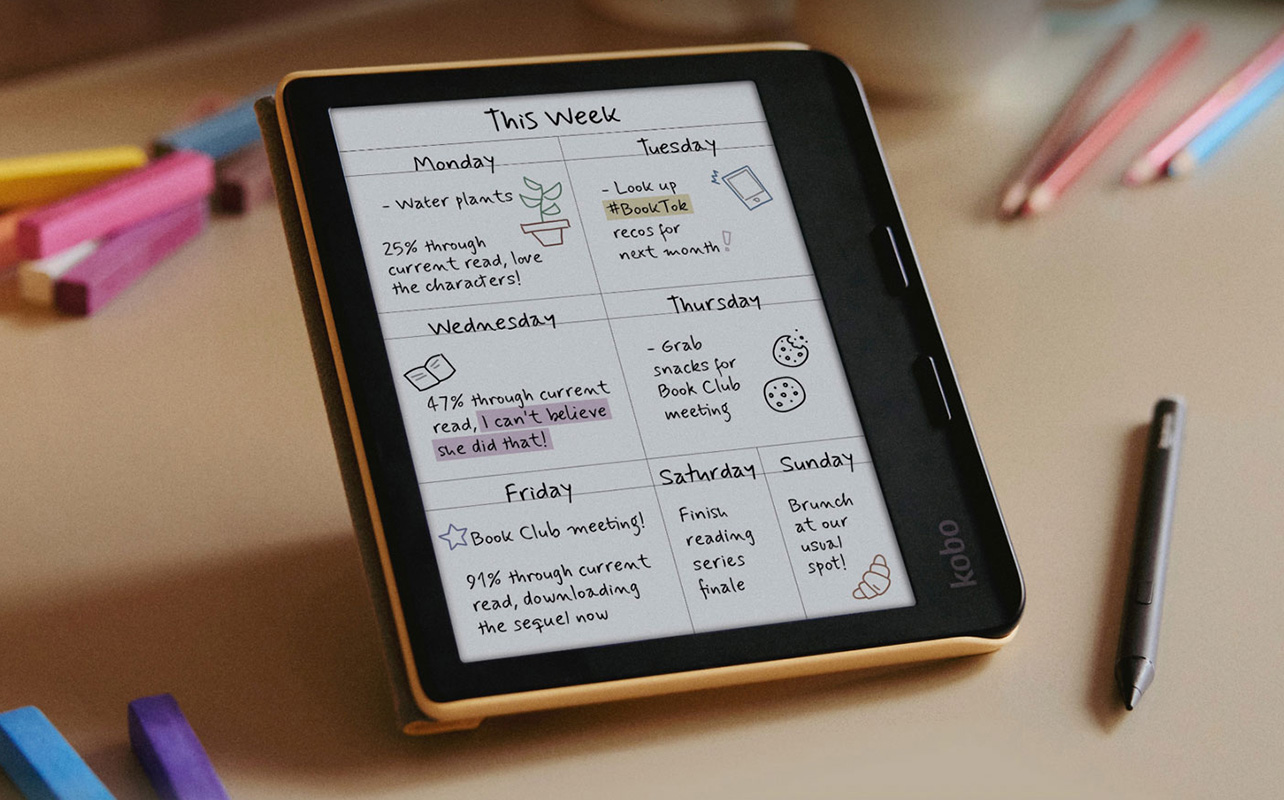
Kobo eReaders are made for immersive reading. With a glare-free E Ink screen and front-lighting, they’re easy on the eyes, even after hours of use. Many Kobo models support multiple eBook formats, offer OverDrive integration for public library borrowing in Canada, and weigh less than a paperback. They’re perfect for readers who prefer a no-fuss device dedicated to books with no buzzing notifications or app temptations. If you want help deciding on features like screen size or lighting, check out this detailed eReader buying guide.
- Pros: Long battery life (2–4 weeks), comfortable for long reading sessions, adjustable lighting, supports ePub and PDFs, integrates with libraries.
- Cons: Not ideal for note-heavy tasks or running productivity apps.
- Best for: Avid readers, students focused on textbooks, commuters, or anyone who wants to enjoy reading without screen fatigue.
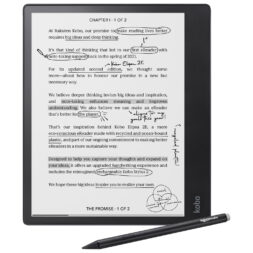
Looking for a reading-first device that’s easy on the eyes?
Kobo eReaders offer a relaxing, focused way to enjoy books and study material anywhere, anytime. With a glare-free screen, weeks of battery life, and library support, it’s the perfect companion for readers who value comfort and simplicity.
What are tablets like iPad or Galaxy Tab best for?
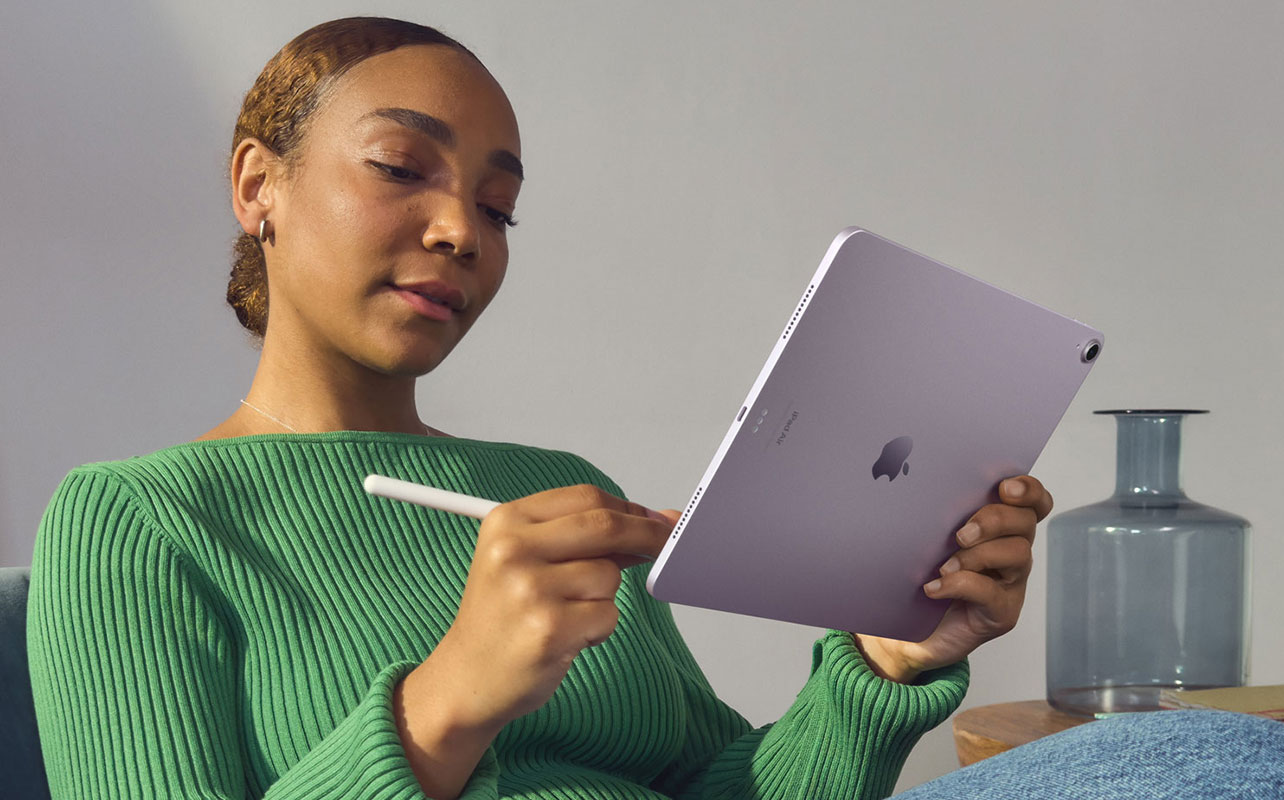
Tablets are the ultimate multitasking tool. From video calls and note-taking to drawing, reading, or watching movies, they’re built for versatile performance. With thousands of apps, stylus support, and accessories like keyboards, a tablet can become your mobile workstation or digital studio. Not sure which tablet fits your needs best? This tablet and iPad buying guide breaks it down clearly.
- Pros: Access to productivity, reading, and creative apps; stylus support; bright colour displays; ideal for digital multitasking.
- Cons: Battery life is shorter (8–12 hours); easier to get distracted; higher price range for premium models.
- Best for: Students who need one device for reading, notes, and classes; professionals on the go; creatives working with design, video, or writing.
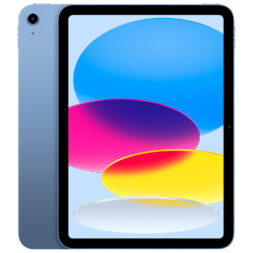
Looking for a do-it-all device with apps, video, and creativity tools?
A tablet gives you the flexibility to study, create, browse, and connect all in one place. Whether it’s for note-taking, video calls, or artistic projects, an iPad or Galaxy Tab can support everything on your to-do list.
Decide based on your use case
Choosing between a reMarkable tablet, Kobo eReader, or an iPad/Android tablet isn’t just a matter of determining which device is the best; it’s about discerning what aligns best with your unique needs.Below, we’ve categorized the options by use case, enabling you to seamlessly pair your lifestyle, aspirations, and workflow with the ideal device for you.
Study-ready solutions for students
- Use case: Taking notes during lectures, reading textbooks, managing schedules, and saving work to the cloud.
- Best choice:
- For handwritten notes and focused study time, a reMarkable offers a distraction-free writing space.
- If you need one device to type essays, join virtual classes, draw, and use educational apps, a tablet with a stylus is ideal.
- For reading-heavy programs (like literature, law, or research), a Kobo eReader is easy on the eyes and lets you borrow books via OverDrive.
Boost everyday productivity as a professional
- Use case: Planning, journaling, note-taking in meetings, reviewing documents, and staying organised on the go.
- Best choice:
- If your work involves brainstorming, daily planning, or writing during meetings, a reMarkable gives you a paper-like experience without digital distractions.
- If you need email, calendars, document editing, and video calling, a tablet offers the flexibility of a lightweight workstation.
- For reading long reports or reviewing contracts comfortably, an eReader like the Kobo Elipsa (with stylus support) is a great supplement.
Creative tools to match your imagination
- Use case: Drawing, content creation, digital note-taking, design work, or writing.
- Best choice:
- A tablet like the iPad Pro or Surface offers stylus precision, colour accuracy, and creative apps like Procreate or Adobe Creative Cloud.
- If your creative work is writing-based (novelists, scriptwriters, planners), the reMarkable offers a distraction-free space to sketch out rough ideas or journal.
- Kobo isn’t built for drawing or writing, but can be a helpful tool for reading manuscripts, scripts, or references on the go.
What to consider when choosing
Choosing between a reMarkable, an eReader, or a tablet isn’t just about specs—it’s about how the device fits into your life. Before you decide, take a moment to weigh factors like your budget, app requirements, and the digital ecosystem you’re already invested in, and the kinds of apps or features you actually use day-to-day. If you’re still on the fence, this tablet vs eReader comparison can help clarify where each device truly shines.
Budget: what are you willing to spend?
If affordability is your top priority, eReaders are the most budget-friendly. Basic models start around $120, while more advanced eNote versions—like the Kobo Elipsa—can reach $500. They’re ideal for reading and light note-taking.
The reMarkable lands in the mid-premium range. While the base device starts near $650, adding the stylus and folio can bring the total to $1,100 or more. You’re paying for a distraction-free environment focused on writing and annotation.
Tablets span the widest price range. Entry-level Android models begin around $200, but a fully-equipped iPad or Surface with accessories can easily exceed $1,200. The trade-off? You get a powerful, multipurpose device for work, creativity, and entertainment.
Also factor in the cost of extras—styluses, keyboard cases, and cloud storage plans—which can significantly increase the overall spend, especially with tablets and the reMarkable.
App needs: minimal or multitasking?
If you prefer a focused, minimal setup, both the reMarkable and Kobo are excellent. These devices are designed to help you concentrate on one task—like reading or writing—without the distraction of constant notifications or multitasking.
But if your workflow depends on apps like Zoom, Notion, Google Docs, YouTube, or Microsoft Office, a tablet is the clear winner. Tablets offer full app ecosystems, multitasking capabilities, and more versatility for both productivity and downtime.
Ecosystem: what are you already using?
Make sure your new device fits smoothly into your existing tech environment.
- Apple users will find iPads integrate seamlessly with iPhones, iCloud, and MacBooks, making them a natural choice for continuity and convenience.
- Google or Microsoft users are often better served by Android tablets or Surface devices, which align well with Gmail, Google Drive, OneDrive, and Office 365.
- The reMarkable keeps things minimal but still supports file syncing via Google Drive, Dropbox, and OneDrive—enough for staying connected without the clutter.
- Kobo eReaders are especially useful for avid readers, particularly in Canada, thanks to OverDrive support for borrowing library books. They also handle ePub files and Pocket articles with ease.
Final thoughts: which one is right for you?
Hopefully, this breakdown helped clarify the key differences between a reMarkable vs eReaders vs tablet each offering strengths depending on how you learn, work, or create. To help you decide with confidence, here’s a quick breakdown based on your daily needs:
| If you | Best device | Why it works for you |
| Prefer handwriting, want zero distractions, and love the feel of paper | reMarkable tablet | Great for note-takers, planners, and professionals who want focus and simplicity |
| Read a lot textbooks, articles, or novels and want eye comfort for long hours | Kobo eReader | E Ink screen reduces eye strain and supports public library access |
| Need one device to do it all: apps, reading, writing, streaming, drawing | Tablet (iPad or Galaxy Tab) | Perfect for multitaskers, students, creatives, and anyone on the go |
Ready to find your perfect device?
Whether you’re exploring a reMarkable tablet to sharpen your focus, diving into an eReader for immersive reading, or choosing a versatile tablet or iPad that balances work and play you’ll find them all available at Best Buy Canada. Each one supports a different way of thinking, learning, or creating and the right one is just a click away.





